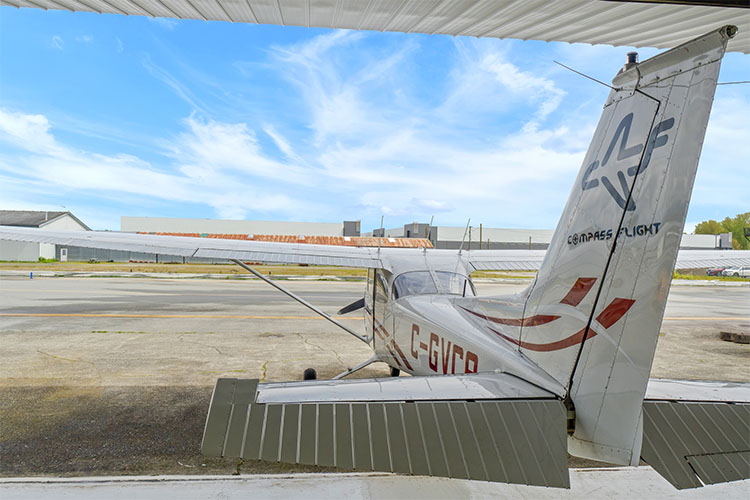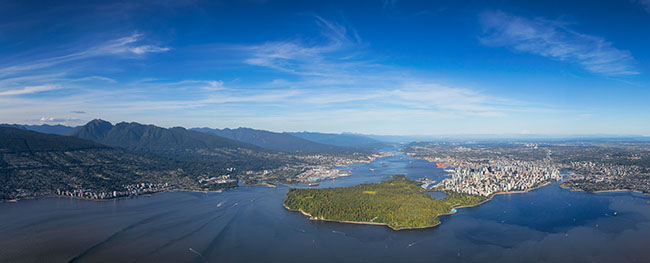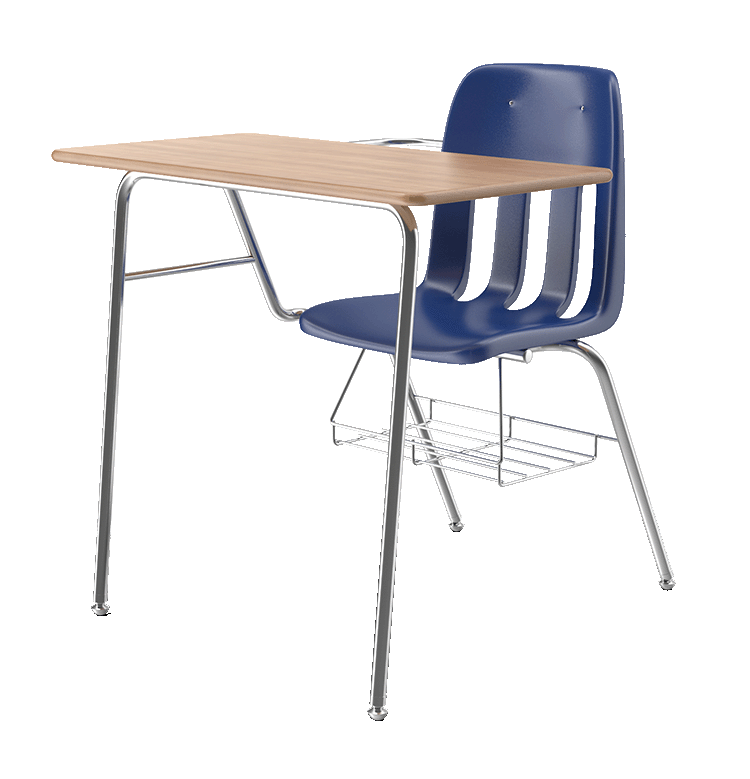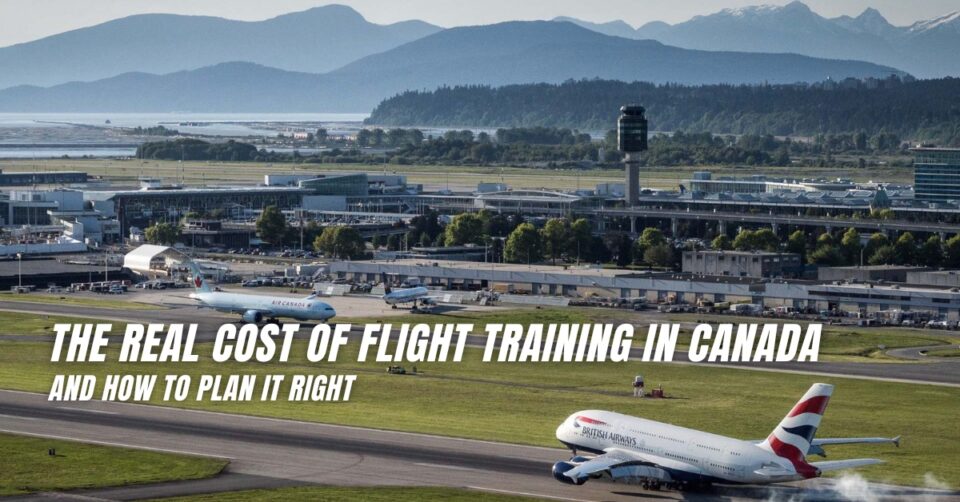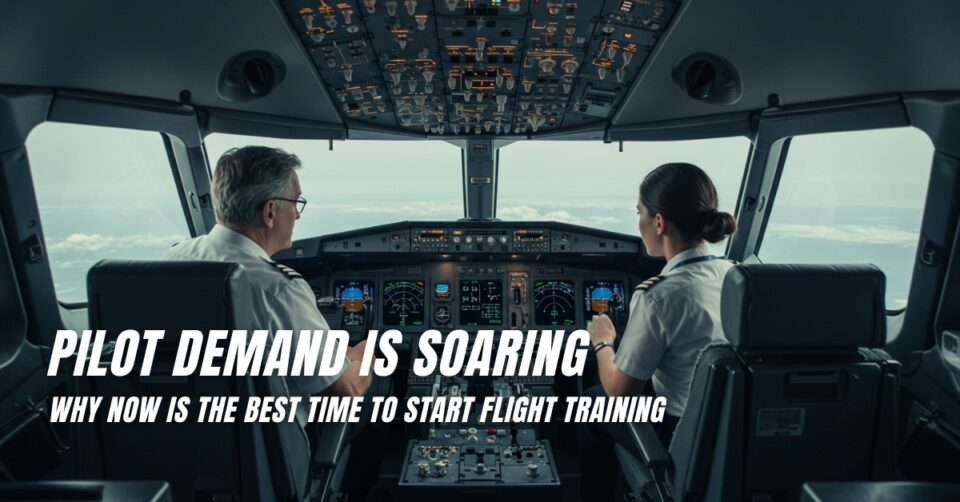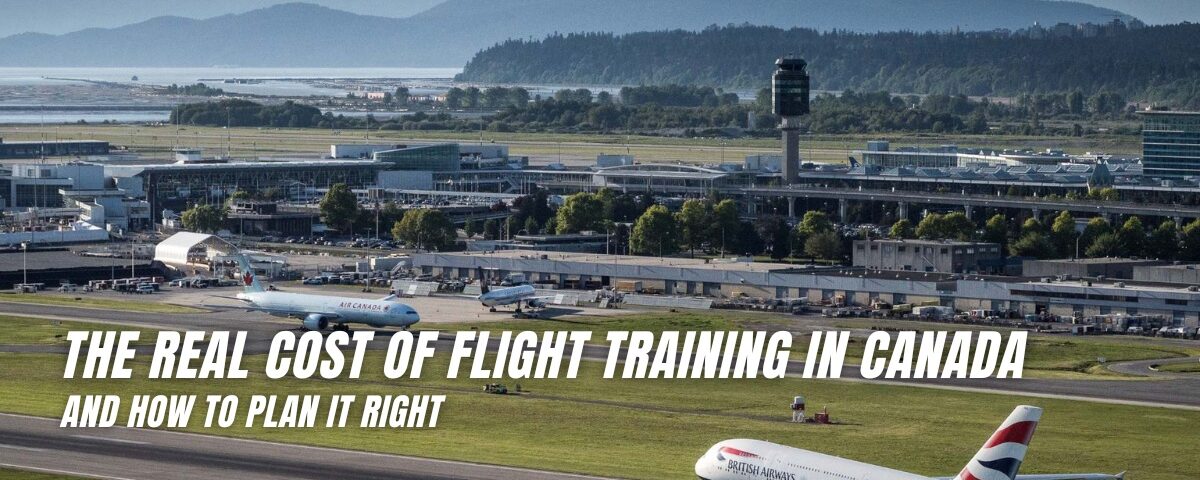
Pilot Demand Is Soaring: Why Now Is the Best Time to Start Flight Training
23 July 2025The Real Cost of Flight Training in Canada (and How to Plan It Right)
Becoming a professional pilot is a financial project as much as a training journey. This guide explains how flight training is billed, what Transport Canada “minimums” really mean vs. what students actually fly, how simulator time can save you money, and a few ways ECFI helps reduce total cost.
How Flight Training Is Charged
Most schools—including ECFI—use a pay-as-you-train model with these components:
Aircraft time
Dual (you + instructor) and solo (you only), metered from start-up to shutdown.
Instructor time
Preparatory Ground Instruction (PGI) before each lesson, plus briefings/debriefings and in-air instruction.
Simulator/FTD time
Approved devices billed per hour; typically much less than the aircraft.
Pass-through fees
Charts/supplies, Transport Canada medical, knowledge/flight test fees, and any airport/landing fees.
“Transport Canada Minimum” vs. Real-World Training Time

Transport Canada Minimum
On paper
Minimums for the TC PPL Requirement
- 45 hours total, including at least 17 hours dual and 12 hours solo.
- Within the dual time, you need 5 hours of instrument; up to 3 of those 5 may be instrument ground time in an approved device.
- Up to 5 of the 45 hours may be credited in an approved aeroplane simulator/FTD (those 3 instrument-ground hours—if used—count toward this 5-hour cap).

ECFI Real hours & costs
In practice
Most students finish around 60–80 hours to reach a safe, test-ready standard. Why the gap?
- Skill repetition to meet standards consistently
- Building comfort with solo and cross-country flying
- We teach to Transport Canada’s Flight Instructor Guide and Flight Test Guide so nothing is missed
Important budgeting note: When schools list a “Transport Canada minimum cost” for the PPL, that number is based on the minimum time required (45 hours) plus required ground school and flight test expenses. It is a theoretical lower bound. Most students should plan for the realistic 60–80 hour outcome.
What a Realistic PPL Budget Looks Like
Using typical Canadian FTU rates and our own experience:
- Flight training (≈60–80 hours): ~ $23,000
- Ground instruction (PGIs, briefings, classroom): ~ $3,000–$5,000
Plan for: ~$27,000 for a PPL in Canada.
Those hours do not disappear when you move on to the CPL—they count toward the CPL’s 200-hour total.
CPL Costs: Simpler Than They Look
For the Commercial Pilot Licence (Aeroplane):
- You need 200 hours total time, including 100 hours PIC.
- After your PPL is issued, you complete a defined commercial training block (night, cross-country, instrument, and advanced exercises).
- Within the commercial instrument requirement, up to 10 hours may be credited in an approved simulator/FTD.
Smart stacking inside your 200 hours:
We encourage you to integrate your Multi-Engine Rating and Multi-Engine Instrument Rating (Group 1 IFR) during the CPL phase. Done strategically, you replace a portion of single-engine dual with multi-engine dual and authorized sim time—earning more qualifications without adding extra total hours.
Why Simulator Sessions Save You Money
Approved sims/FTDs are ideal for procedures, IFR scan, holds, approaches, emergencies, CRM, and radio work—all without fuel burn or weather delays.
- PPL: You may credit up to 5 of 45 hours in an approved device. Of the required 5 instrument hours, up to 3 may be instrument ground time (in the device), which counts toward that 5-hour sim cap.
- CPL commercial block: Of the 20 instrument hours, up to 10 may be on a simulator/FTD.
- Instrument Rating (Group 1): Requires 40 instrument hours in total; up to 20 may be instrument ground time in an approved device.
Every permitted simulator hour typically costs less than an aircraft hour and cuts down on in-air repetition—fewer repeats, lower spend, tighter timeline.
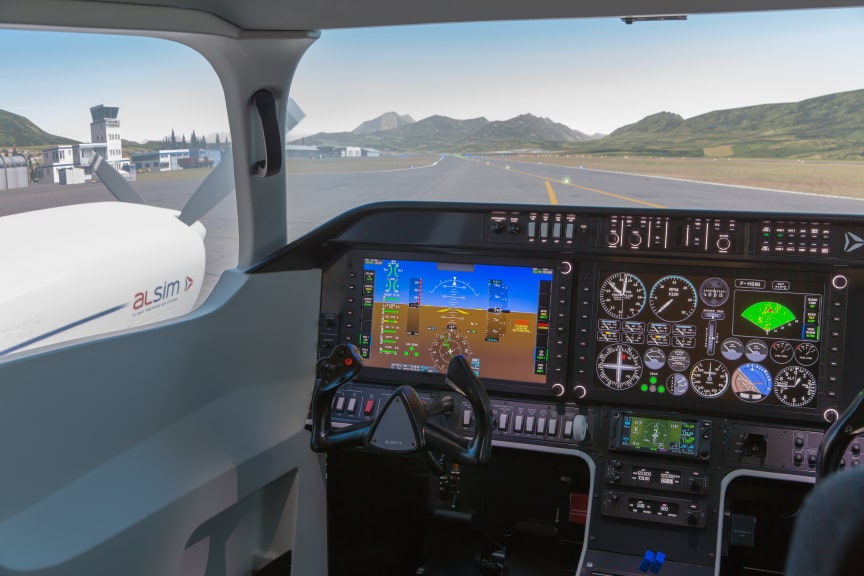
The Big Picture: All-In Training Cost (Integrated Path)
- PPL + CPL + Multi-Engine + Multi-IFR: ~$85,000
- Federal tuition tax credit (~15%) can reduce effective out-of-pocket to ~$71,000 (assuming your fees are eligible and you claim them correctly).
Students who complete the PPL in ~60–80 hours have a clean path to finish PPL, CPL, Multi, and MIFR within the same 200 hours and keep their effective total near ~$71,000 after federal tuition credits.
What You Can Earn—and How Careers Grow (Canada snapshot)
Airline pay depends on fleet, base, seniority, and contract rules (monthly guarantees, premiums, per diems).
If you’re wondering how training translates into paycheques, our next post breaks down Canadian airline compensation—starting with First Officer pay and then Captain—using current contracts and typical monthly guarantees to turn hourly rates into realistic annual ranges. We’ll compare fleets (E2/Q400, 737, 787), show how seniority, base, and bid lines move the needle, and flag what’s not in the headline rate (per diems, premiums, overtime, profit-share). If you’re mapping the jump from CPL/MIFR to your first airline seat, this guide sets expectations for Years 1–3 and shows how earnings scale as you upgrade.
What ECFI Is Doing to Reduce Your Cost
We design your syllabus to minimize friction and maximize carry-over between lessons, and we integrate sim time where it saves the most.
To help the dollars go further, we offer:
- Money-on-Account Bonus (credits when you pre-fund training)
- Package discount options (we have them—ask our team for details)
Your Action Plan
- Budget realistically: Plan around ~$27,000 for the PPL rather than the 45-hour “minimum cost.”
- Map your CPL early: Ensure your PPL hours flow into the 200-hour requirement.
- Leverage the sim: Use every permitted sim credit (PPL, CPL instrument, and IFR) to reduce cost and compress learning.
- Integrate ratings: Add Multi + MIFR inside your 200 hours to graduate airline-ready without extra total time.
Final Thoughts
Learning to fly is one of the most rewarding investments you’ll ever make—but it pays to plan. With a realistic budget, smart simulator usage, and integrated ratings, you can control cost, maintain quality, and reach the flight deck faster. When you’re ready, ECFI can map a lesson-by-lesson plan showing where sim credits and integrated ratings save you the most within your 200 hours.

